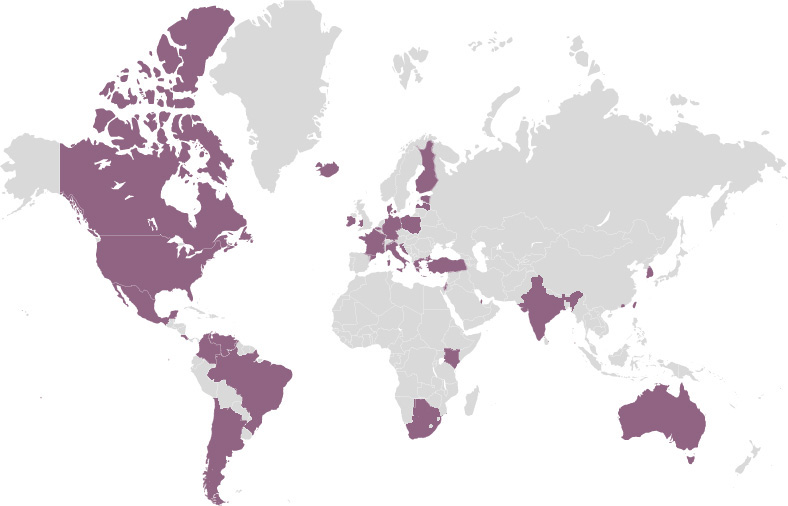
06 Sep National Design Policies: Why They Matter
For the past year, I’ve headed a workgroup with ico-D (the International Council of Design) on national design policies. The choice of a Graphic Artists Guild board member to head the workgroup seemed odd; the United States, despite a recent effort, has never had (and probably never will have) a national design policy. So why would a USA-based visual artists’ association care whether national design policies are implemented in other countries?
A national design policy is a systemic and strategic government plan to support its design sector, develop design resources, and utilize those resources to achieve various ends. A design policy can attempt to develop a national brand, increase the global economic competitiveness of a country’s exports, raise design education standards, encourage small and medium-sized businesses to invest in design, leverage design thinking to find sustainable solutions to public sector problems, etc. Countries at different levels of economic development have invested in national design policies – South Korea, India, Finland, and Singapore, among others, have national design policies in place, and policies are currently being developed in Malaysia, Indonesia, Iceland, and Australia.
In the United States, design anthropologist Dori Tunstall attempted to jump-start a national design policy initiative in 2008. A two-day conference of representatives from design associations, educational accreditation bodies, and government agencies resulted in a 10 national design proposals, which were presented to the incoming Obama administration and Congress. Despite a second conference and calls to designers to press their Congressional representatives to support the initiative, no national design policy resulted from the effort.
The reasons are myriad, but tellingly, designers considered the initiative with trepidation. Remarks submitted by designers on the project indicated that many thought a policy would consist of government telling them what to do, a reflection of the US’s culture of public mistrust of a strong central government. (Tunstall doesn’t consider the initiative a failure, since many of the proposals were adopted in part by government agencies, such as NEA’s comprehensive survey of the contribution of the arts, including design, to the US economy. The initiative also deepened ties between agencies and the design sector.)
So, if a national design policy is highly unlikely to ever be adopted in the United States, why should US designers care about national design policies? While design policies do support national designers, making them more competitive internationally, design policies also promote best practices. These include establishing professional design standards, providing resources to educate designers on non-design skills (such as running a business or communicating with clients), and promoting the protection of intellectual property.
The result is a population of designers who are less likely to infringe copyrights or respond to work on speculation projects. Additionally, by promoting best practices, a government discourages ethically questionable business practices, such as design crowdsourcing campaigns. This is particularly important in emerging economies, where the recognition of design as a profession is relatively new, and intellectual property rights are not often generally understood or recognized. The ripple effect of educating a nation’s generation of designers and business owners reaches beyond borders, and benefits all designers (and visual artists, in general).
At top of page: The SEE Platform (Sharing Experience Europe) tracked design policies globally from 2012-2015, and published an interactive map showing countries which either adopted a national design policy, or were working a design policy initiative.
